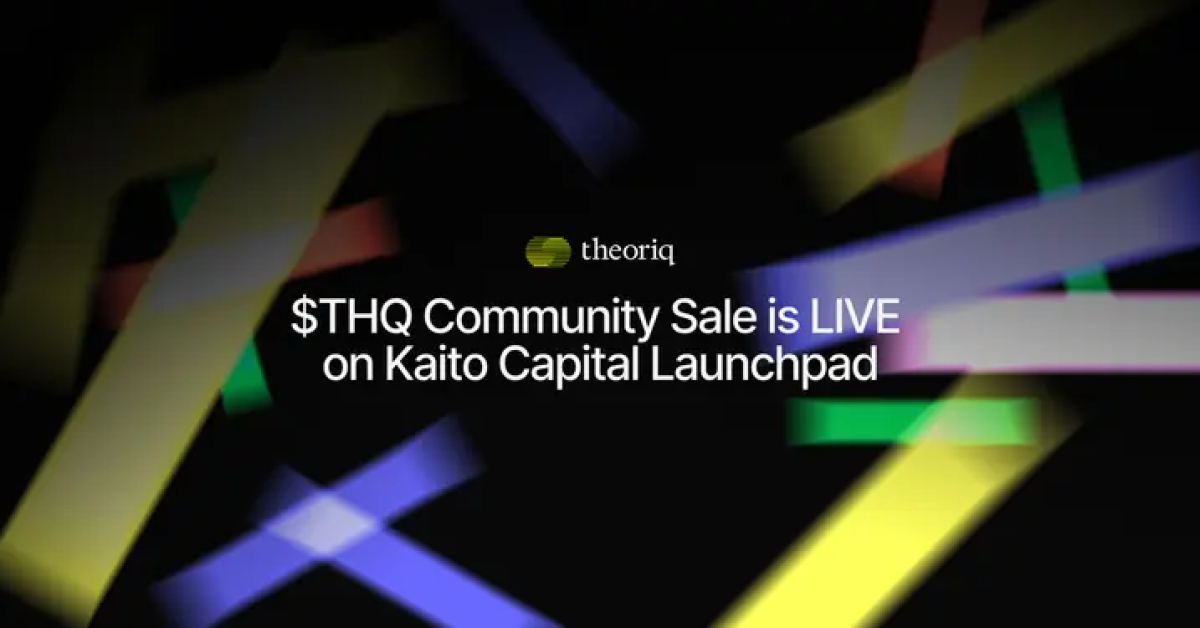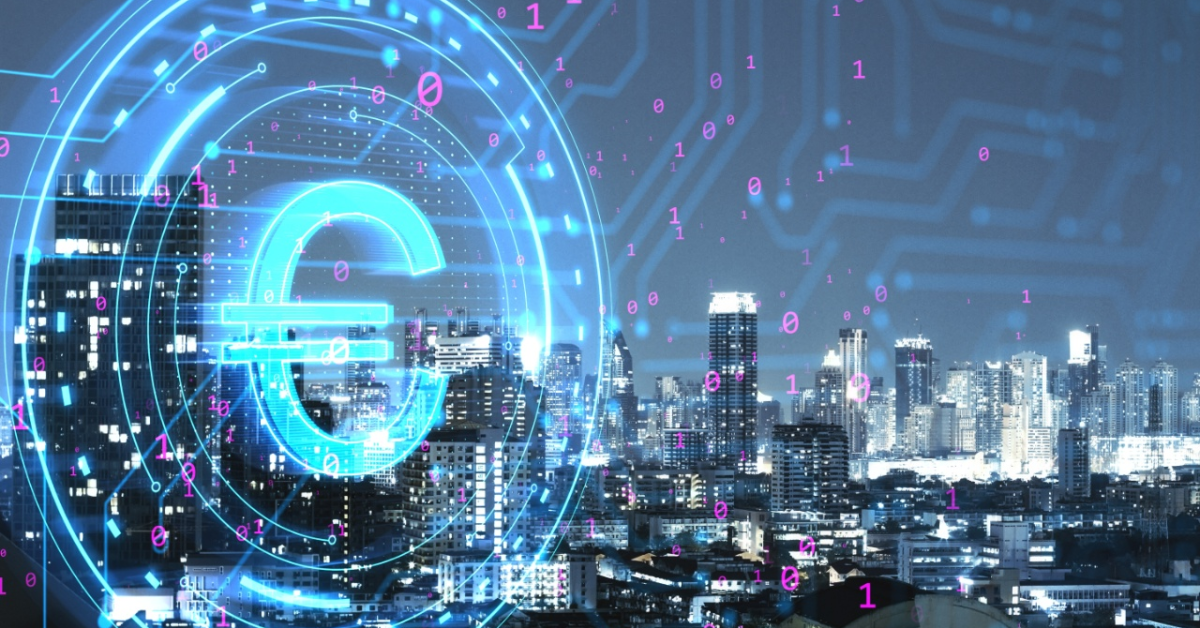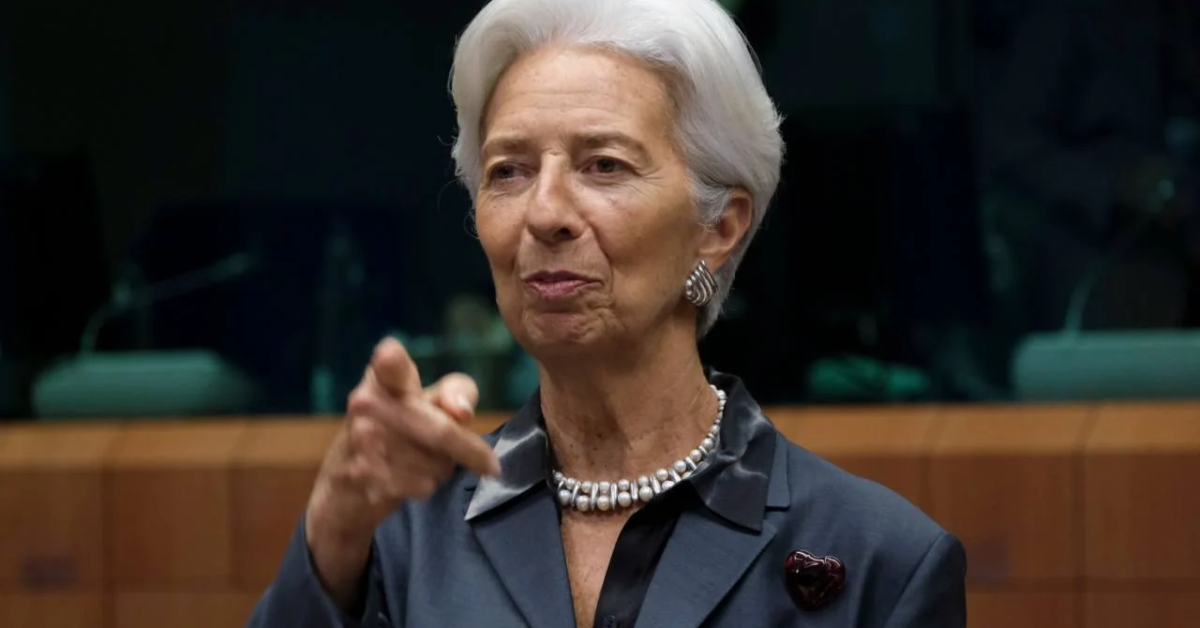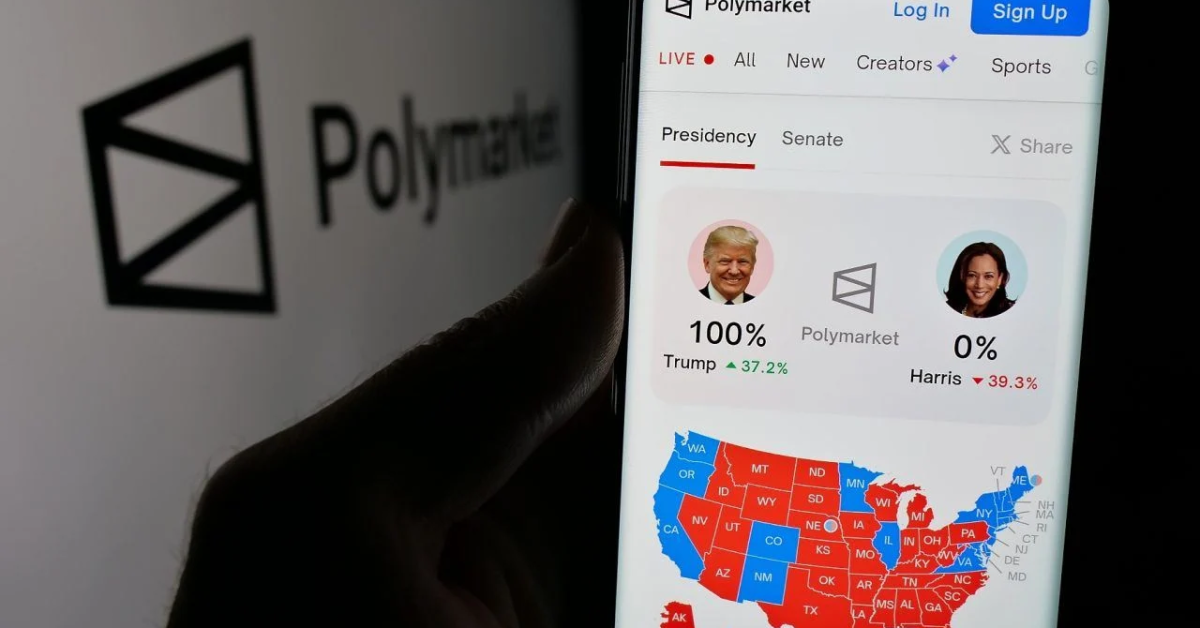The Evolution and Impact of Blockchain and Web3 Technologies: A Comprehensive Analysis for 2025
Blockchain and Web3 technologies are redefining digital interactions, financial systems, and organizational structures across industries. As decentralized architectures gain momentum, these innovations promise to enhance transparency, security, and user sovereignty while challenging traditional centralized models. This report explores the technological foundations, emerging applications, and transformative potential of blockchain and Web3 ecosystems in 2025, with a focus on decentralized finance (DeFi), non-fungible tokens (NFTs), smart contracts, and community-driven governance. Drawing from global developments and leading research, we analyze how these technologies are reshaping industries, enabling new business models, and creating opportunities for innovation at scale.
1. Technological Foundations of Blockchain and Web3
1.1 Blockchain Architecture and Consensus Mechanisms
At its core, blockchain technology relies on distributed ledger systems that enable tamper-proof record-keeping through cryptographic hashing and consensus algorithms. Proof-of-Work (PoW) and Proof-of-Stake (PoS) remain dominant, but 2025 sees hybrid models like Delegated Proof-of-Stake (DPoS) and Practical Byzantine Fault Tolerance (PBFT) gaining traction for enterprise applications[5][10]. Innovations in sharding and layer-2 solutions (e.g., Optimistic Rollups, zk-SNARKs) are addressing scalability limitations, with Ethereum’s post-Merge upgrades reducing energy consumption by 99.95% while increasing transaction throughput to 100,000 TPS[5][6].
1.2 Smart Contract Evolution
Self-executing smart contracts have evolved beyond basic conditional logic to incorporate oracle-fed external data and AI-driven decision trees. Platforms like Chainlink’s CCIP now enable cross-chain smart contracts that automatically adjust terms based on real-world events, from weather patterns to supply chain disruptions[5][12]. This advancement is critical for insurance derivatives and parametric policies in DeFi, where payouts trigger automatically when predefined conditions occur[7][12].
1.3 Interoperability and Cross-Chain Solutions
The rise of interoperable protocols like Cosmos’ Inter-Blockchain Communication (IBC) and Polkadot’s parachains has mitigated fragmentation across blockchain networks. In 2025, over 75% of new dApps deploy on multi-chain architectures, enabling seamless asset transfers between Ethereum, Solana, and Bitcoin networks[10][14]. Atomic swaps and wrapped tokens (e.g., WBTC, WETH) are standardizing cross-chain liquidity pools, reducing reliance on centralized exchanges[7][18].
2. Decentralized Finance (DeFi) and Financial Innovation
2.1 DeFi 2.0: Beyond Lending and Trading
The DeFi ecosystem has expanded from basic lending protocols (Aave, Compound) to sophisticated financial instruments. Algorithmic stablecoins now account for 40% of the $1.2 trillion stablecoin market, with protocols like Frax Finance introducing hybrid collateralization models combining crypto assets and real-world assets (RWAs)[7][12]. Decentralized exchanges (DEXs) like Uniswap V4 incorporate concentrated liquidity positions and dynamic fee structures, capturing 68% of global crypto trading volume[7][10].
2.2 NFT Utility Expansion
NFTs have transcended digital art, with 2025 use cases spanning:
- Intellectual Property Licensing: Musicians like Grimes release album rights as fractionalized NFTs, enabling fans to earn royalties from streaming platforms[8][18].
- Supply Chain Provenance: Walmart and Nestlé use NFT-based digital twins to track agricultural products from farm to shelf, reducing counterfeit goods by 32%[4][10].
- Identity Management: South Korea’s decentralized ID system issues 50 million government-verified NFT identities, enabling passwordless access to healthcare and banking services[11][19].
2.3 Decentralized Autonomous Organizations (DAOs)
DAOs are redefining corporate governance, with over 12,000 active organizations managing $30 billion in treasury assets. Notable models include:
- Protocol DAOs: MakerDAO’s MKR holders vote on collateral types and stability fees for the DAI stablecoin[7][12].
- Investment DAOs: MetaCartel Ventures pools funds from 300+ members to seed early-stage Web3 startups[18][20].
- Social DAOs: Friends With Benefits (FWB) coordinates global cultural events through token-gated Discord communities[16][18].
3. Web3 Marketing and Community Building Strategies
3.1 Decentralized Advertising Networks
With third-party cookies phased out, Web3 advertisers are adopting privacy-preserving solutions:
- Brave Browser’s Basic Attention Token (BAT) rewards users with crypto for viewing ads, achieving a 23% higher CTR than traditional platforms[6][12].
- Oasis Network’s tokenized data marketplaces let users monetize anonymized behavioral data through zero-knowledge proofs[6][16].
3.2 Tokenized Loyalty Programs
Brands like Starbucks and Nike have migrated loyalty programs to blockchain, issuing SBTs (Soulbound Tokens) that unlock personalized experiences:
- Starbucks Odyssey members earn NFT stamps for purchases, redeemable for coffee masterclasses and exclusive merchandise[12][20].
- Nike’s .SWOOSH platform lets users co-design virtual sneakers, with royalty shares automatically distributed via smart contracts[8][12].
3.3 AI-Enhanced Community Management
Tools like Scrollmark automate 78% of community interactions through:
- Personalized Onboarding: AI chatbots send tailored tutorials based on users’ wallet history[2][16].
- Sentiment Analysis: Natural language processing detects FUD (fear, uncertainty, doubt) in Discord channels, alerting moderators to potential crises[2][13].
- Dynamic Content Calendars: Machine learning algorithms A/B test post timings and formats across 12 social platforms, optimizing engagement rates[2][20].
4. Content Creation and Education in Web3 Ecosystems
4.1 Technical Documentation as a Growth Lever
Projects that invest in clear documentation see 4.2x faster user adoption. Best practices include:
- Interactive Tutorials: Polygon’s “Learn2Earn” portal pays users MATIC tokens for completing Solidity coding exercises[2][9].
- Developer Forums: Chainlink’s Discord-based Q&A system routes technical questions to the most active contributors, rewarding solutions with LINK bounties[13][16].
4.2 Video Content Strategies
- Explainer Animations: Coinbase’s 3-minute “What is Layer 2?” videos drive 12 million monthly views on TikTok, simplifying complex topics through motion graphics[15][20].
- Live Coding Sessions: Uniswap Labs streams weekly smart contract audits on Twitch, building trust through transparency[13][18].
4.3 SEO Optimization for Web3
High-traffic content clusters target:
- Beginner Guides: “How to Set Up a MetaMask Wallet” ranks #1 for 25+ crypto-related keywords, generating 2.3 million monthly visits[15][17].
- Technical Comparisons: “Proof-of-Work vs. Proof-of-Stake: Energy Impact Analysis” dominates voice search queries via schema markup[9][15].
5. Emerging Web3 Applications and Future Projections
5.1 AI-Blockchain Convergence
The $703 million AI-blockchain market enables:
- Decentralized Machine Learning: Bittensor’s peer-to-peer network trains AI models across 4,500 GPUs, reducing cloud costs by 60%[5][14].
- AI-Driven Risk Assessment: Etherisc uses machine learning to adjust insurance premiums in real-time based on DeFi market volatility[5][7].
5.2 Real-World Asset (RWA) Tokenization
Tokenized RWAs are projected to reach $600 billion by 2030, with notable examples:
- Real Estate: RealT fractionalizes U.S. rental properties into NFTs, offering 8.7% annual yields to global investors[10][19].
- Carbon Credits: Toucan Protocol’s BCT tokens bridge voluntary carbon markets to DeFi, retiring 12 million tonnes of CO2 credits in 2024[11][14].
5.3 Metaverse Economies
The $1.2 trillion metaverse market integrates:
- Interoperable Avatars: Ready Player Me’s NFT-based 3D characters work across 4,000+ games and virtual worlds[18][20].
- Virtual Land Development: Decentraland’s Genesis Plaza sold for $2.4 million, hosting Gucci and Samsung’s VR storefronts[8][18].
6. Regulatory Challenges and Compliance Frameworks
6.1 Global Regulatory Trends
- MiCA Compliance: The EU’s Markets in Crypto-Assets regulation mandates stablecoin issuers to hold 1:1 liquid reserves, affecting 65% of euro-denominated stablecoins[10][19].
- IRS Form 1099-DA: U.S. crypto brokers must report user transactions exceeding $10,000 starting January 2025, increasing tax compliance costs by 40%[5][10].
6.2 Anti-Money Laundering (AML) Solutions
- Chainalysis Crystal: Tracks fund flows across 50+ blockchains, identifying 87% of illicit transactions through machine learning patterns[9][19].
- Travel Rule Compliance: Notabene’s cross-border KYC solution screens 1.2 million transactions daily for FATF compliance[10][19].
Conclusion: The Road Ahead for Blockchain and Web3
As blockchain and Web3 technologies mature, their integration with AI, IoT, and regulatory frameworks will determine mainstream adoption. Enterprises must prioritize interoperability, user education, and ethical design to harness these tools’ full potential. Platforms like MCBAI.VN are pioneering this transition through AI-powered workflow automation and blockchain integration, offering Vietnamese businesses tailored solutions for supply chain optimization, digital identity management, and DeFi adoption. By combining technical expertise with localized insights, MCBAI.VN exemplifies how Web3 innovations can drive sustainable growth in emerging markets while adhering to global standards.
Explore cutting-edge AI and blockchain solutions at MCBAI.VN – Vietnam’s premier platform for digital transformation and workflow automation.






